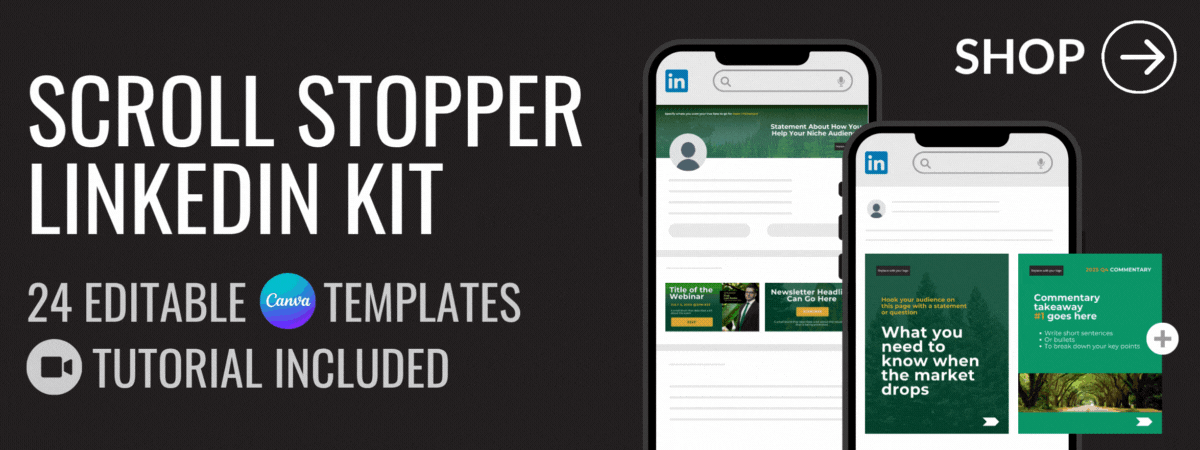One of the questions we get asked a lot in our membership program is, “Do I need a LinkedIn company page AND a LinkedIn personal page?”
Yep, you sure do. But here’s the catch: while company pages are essential, they’re often not the star performers you might hope for. Personal pages are what truly drive results. Here’s a closer look at LinkedIn company pages vs. personal pages and how to use employee advocacy for maximum impact.
Why You Need a LinkedIn Company Page
A LinkedIn company page serves as the digital front for your business on one of the world’s largest professional networks. (LinkedIn has over 1B members; 65M of those members are decision makers.) Your company presence is needed there for when prospects, partners, and job candidates either google your firm or directly look you up on LinkedIn.
What to Put on Your LinkedIn Company Page
You’ll want to clearly state on your company page:
- Who you serve
- How you help your market
- Call to action: How to find more information or contact you
The Performance Challenge of LinkedIn Company Pages
Despite their importance, LinkedIn company pages often struggle to gain traction. Here’s why:
- Limited Reach: LinkedIn’s algorithm favors content from personal profiles over company pages, making it harder for company posts to reach a broad audience organically.
- Low Engagement: People connect with people. Posts from a faceless brand often lack the emotional resonance of content shared by an individual.
- Pay-to-Play: To reach a larger audience, businesses frequently need to invest in LinkedIn ads, which can be cost-prohibitive for smaller firms.
The Case for LinkedIn Personal Pages
In contrast, personal pages thrive on LinkedIn. Here’s why they perform better:
- Algorithm Preference: LinkedIn prioritizes content from personal profiles, increasing visibility and engagement.
- Authenticity: Personal stories, insights, and recommendations resonate more with audiences because they feel genuine and relatable.
- Network Effects: Employees often have established networks that are primed to engage with their posts, giving your company greater reach.
Unlocking Visibility Through Employee Advocacy
Employee advocacy is the secret weapon for boosting your LinkedIn presence. When employees share authentic content on their personal pages, it builds trust and widens your reach. Here’s how to implement an effective employee advocacy strategy:
- Optimize personal profiles. Encourage employees to optimize their profiles. Free checklist here!
- Create shareable assets. Provide resources like Canva templates—but let employees add their personal touch.
- Emphasize engaging with others. Leaving thoughtful comments on other people’s posts is more important than posting as this has both algorithm and relationship building benefits. Tips here!
- Encourage showcasing expertise. Sharing professional insights and success stories positions them as thought leaders and builds your brand’s credibility.
- Celebrate authenticity. Encourage stories and wins, but also challenges. People appreciate relatability and vulnerability.
- Track performance. Monitor impressions, engagement, network growth, and lead generation.
- Recognize contributions. Acknowledge and reward employees who actively advocate for your brand online.
Balancing Both Worlds
The key to LinkedIn success is striking a balance. Use your company page as a hub for professional content and branding, but lean on your employees to humanize and amplify your message through their personal networks. By combining these approaches, you’ll build visibility, foster trust, and ultimately convert prospects into loyal customers.
If capitalizing on this digital space is interesting to you, you may want to watch an interview with our founder on modern marketing for investment boutiques.


